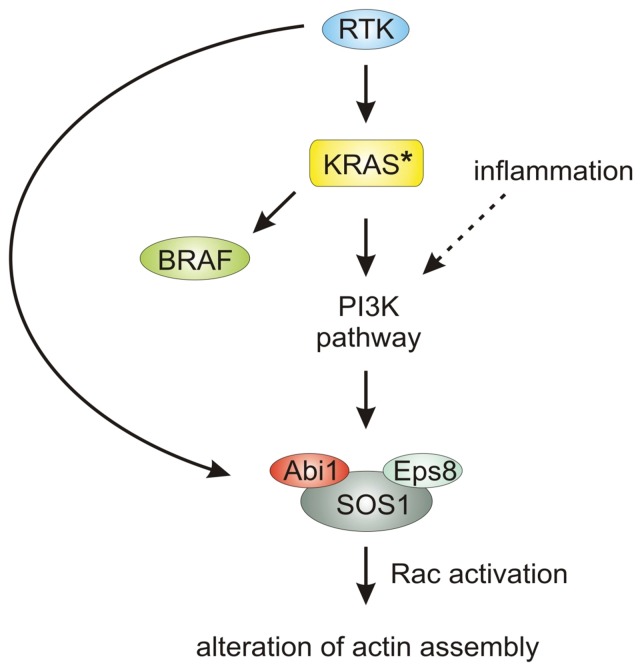Figure 4. Proposed model for the regulation of actin dynamics via KRAS, PI3K and Abi1.
Ligand-binding to membrane-associated receptor tyrosine kinase (RTK) leads to an activation of RAS, which is constitutively activated in mutant KRAS (*). Activated KRAS activates - among others - both the B1 Rapidly accelerated fibrosarcoma (BRAF)- and Phosphatidylinositol-3-kinase (PI3K)-pathway, only the latter leading to activation of the Abi1/Sos1/Eps8 complex. Via activation of the small GTPase Rac, this leads to reorganization of the actin cytoskeleton and to a change in cellular shape. RTK: receptor tyrosine kinase; KRAS: Kirsten rat sarcoma; BRAF: B1 Rapidly accelerated fibrosarcoma; PI3K: Phosphatidylinositol-3-kinase; Abi1: Abelson interactor 1; Eps8: Epidermal growth factor receptor kinase substrate; Sos1: Son of sevenless homolog 1; Rac: Ras-related C3 botulinum toxin substrate.

